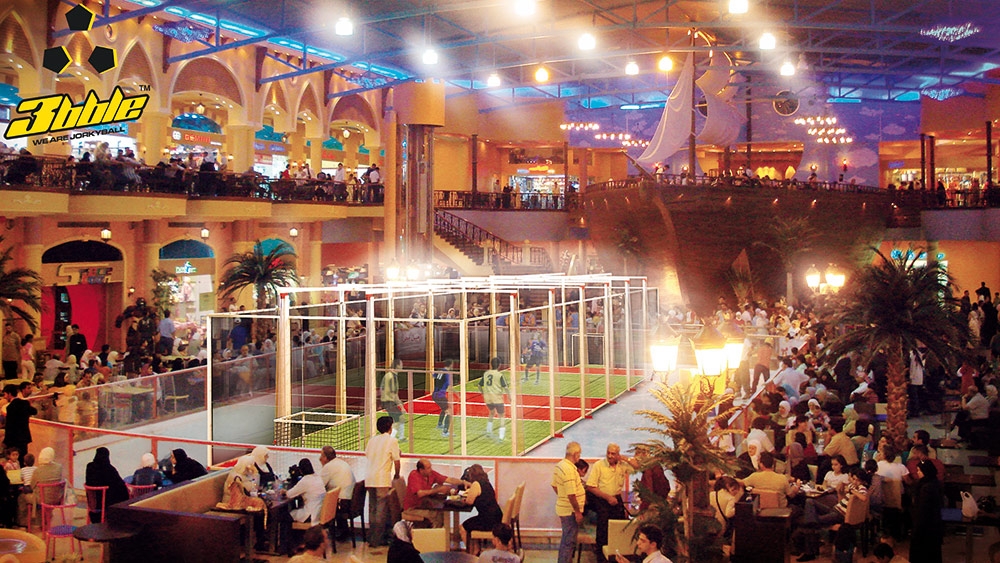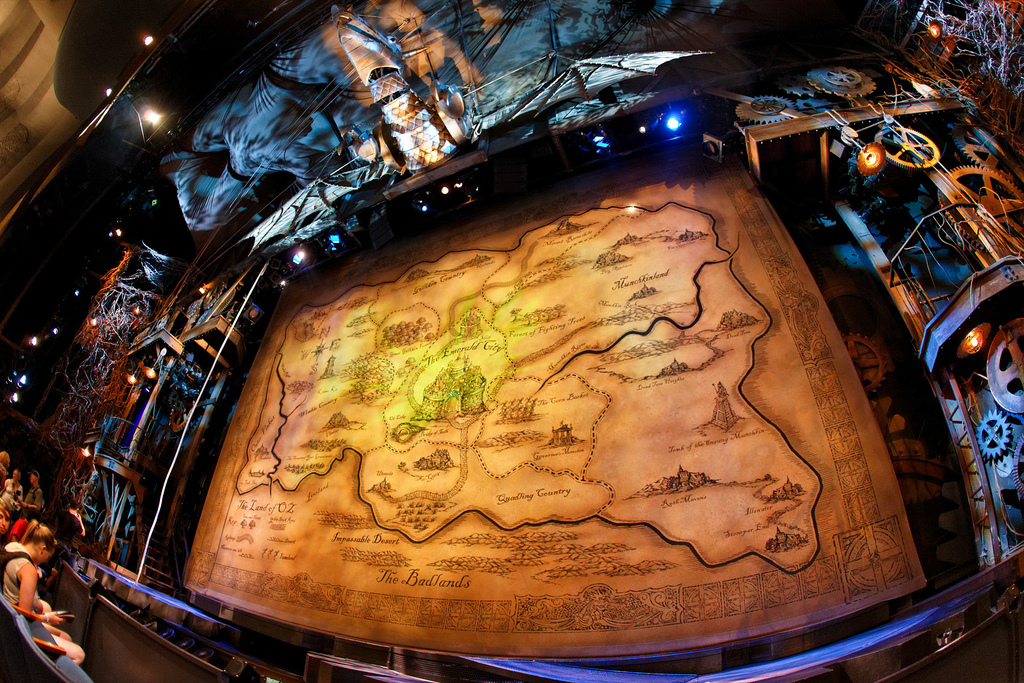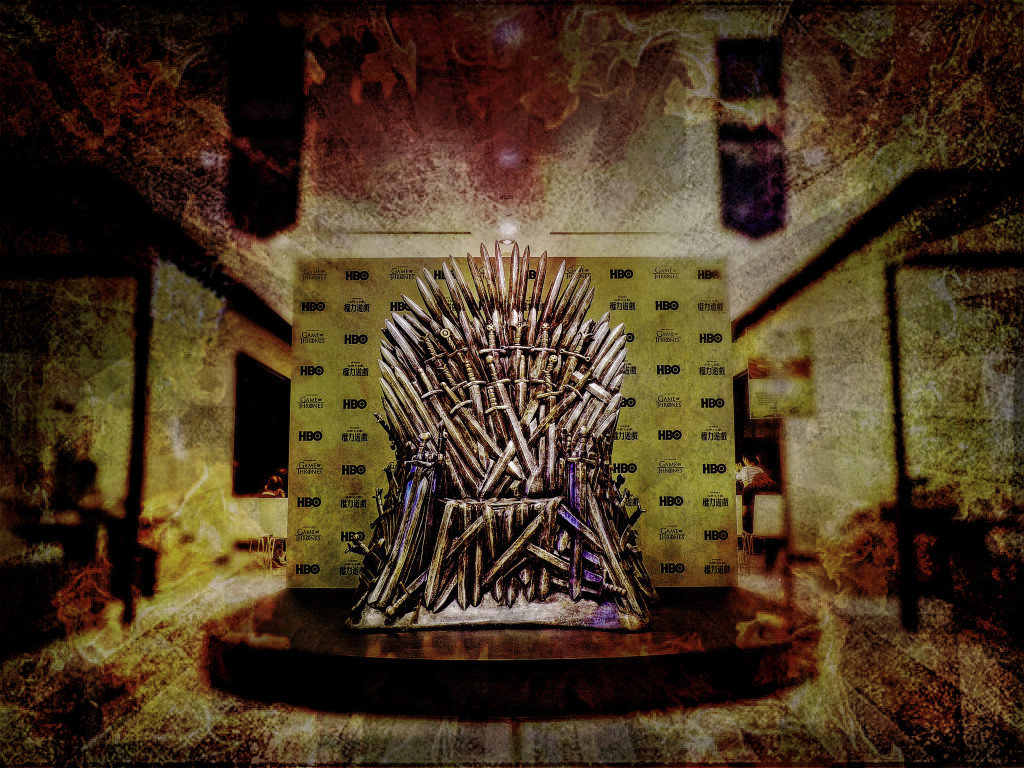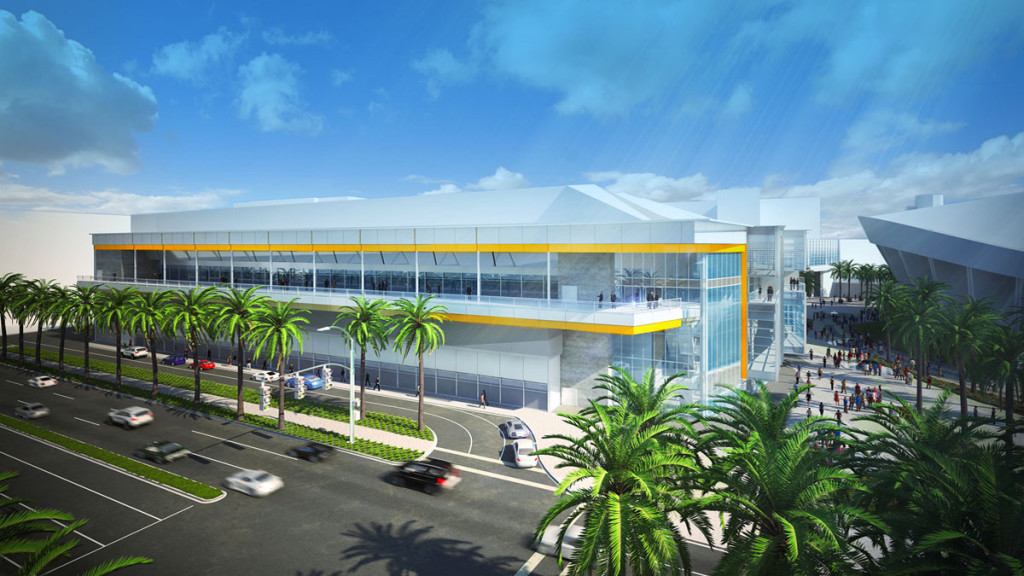Jorkyball: A New Revenue Generator for Your Venue?
Some of you, like me, may have never heard of Jorkyball. Well, get ready, because I’m about to tell you about it.
It was invented in Europe in the late 1980s. It’s a two-person-to-a-side football (soccer) game played in a 10-meter x 5-meter court surrounded by 3-meter high walls. And it may be a great revenue generator for your venue.
“Jorkyball can be played in any indoor sport or leisure space and offers a unique new way for venues to increase revenues and attract new customers,” PanStadia & Arena Management magazine reported. “It can also be used as part of a fan engagement program for cities hosting major sporting events.”
The Jorkyball International Federation World Competitions are set for May. Keep an eye out on this sport, as it’s starting to gain traction around the world, and due to its playing field size it’s something that I think a lot of venues could include in their floor plans.
To feel the excitement, check out the video below.
(Image: 3bble)
Five Ways to Attract Millennials to Your Arts Venue
There was a lot of talk at the 2015 Performing Arts Managers Conference about how to attract new guests and engage younger audiences. Several great ideas were offered, such as pushing for more arts appreciation in grade schools and presenting programs outside a venue’s walls and in communities. Specifically, though, how does one attract millennials?
Eventbrite has some answers, and it’s found it the company’s report, “The Art of Attraction: How to Grow Your Millennial Arts Audience.” Let’s take a look at some of the findings (quotes are from the report’s overview).
Millennials are Social Creatures Looking to Mingle
“[Forty-two percent] of this generation said they’d prefer going to events where they get to meet new people, and 32 percent would go to more events if there were people their age or friends in attendance. Adding a social component, like a happy hour or reception, would inspire 23 percent of millennials to frequent more arts events.”
Dress Code is a Form of Self-expression for Millennials
“Millennials embrace the tradition and formality around arts events and appreciate the opportunity to dress to impress at fancier gatherings—35 percent of millennials would rather attend an arts event that’s formal instead of casual. Nearly half of millennials (49 percent) even said they think performing and visual arts events are not dressy enough. While formality can be a draw for some millennials, they don’t want to be forced into a tux. [Sixty-three percent] of millennials would prefer events without the rules of a dress code.”
The Way to Millennials’ Hearts is Through Their Mouths
“Two in three (66 percent) millennials prefer arts events that have food, and over half (58 percent) prefer events that serve alcohol. [Thirty-one percent] of millennials would attend more arts events if they could nosh and sip on something during the show.”
Millennials Love Experiences With a Twist
“[Sixty-three percent] of millennials prefer events that are different from other events they’ve attended, and 29 percent would go to more events if they were held in a unique or unexpected venue. Some millennials are even craving a closer, more interactive look at the performing and visual arts world. [Forty-three percent] would prefer to attend events that incorporate audience participation.”
For Millennials, Offline = Out of Touch
“Many members of this generation actually would steer clear of events that don’t have a website (30 percent), Facebook or Twitter page (20 percent), or a YouTube page (19 percent). If events aren’t online, how are social-happy millennials supposed to do their research and spread the word to friends?”
Please view the full report to learn more findings from the study.
(Top image: s.yume via photopin cc; bottom image: Eventbrite)
How to be Seen as a Leader at Work
South African online university GetSmarter would like you to know that “if we’ve learned anything from watching Game of Thrones, it’s that power resides where men believes it resides.”
Now, I’m not a Game of Thrones reader or viewer, however I get the point: a title doesn’t define a leader.
According to GetSmarter in its slideshow, “11 Ways to be Seen as a Leader at Work,” a leader is a set of inspiring practices, behaviors, characteristics, habits, beliefs, and actions.
Check out the university’s slideshow below, which offers several good tips on how to become a leader and how to be a better leader.
HOK Releases Renderings of Proposed St. Louis Stadium
There are plans for a new NFL stadium in St. Louis, Missouri, and on April 22 a task force presented architectural renderings and a fly-through video to NFL executives and a committee of team owners at the league’s New York headquarters.
Co-leads Dave Peacock and Bob Blitz, developer’s representative John Loyd, and HOK vice president and design principal Eli Hoisington represented the task force.
According to HOK, “the new set of renderings included aerial depictions from the north and south, daytime and evening illustrations, exterior and interior, examples of surrounding plaza areas, green space, the connection to trails and usages for FIFA or Major League Soccer matches as well as an amphitheater-style setting for concerts. For soccer matches, retractable seating in the corners would accommodate a FIFA-regulated field of 120 yards long and 75 yards wide.”
You can view more renderings on the HOK website, and you can watch the fly-through video below.
(Image: HOK)
Anaheim Convention Center Breaks Ground on Expansion
The Anaheim Convention Center broke ground on its new expansion today, April 21, 2015. When it is completed in summer 2017, there will be an additional 200,000 square feet of flexible event space (100,000 square feet will be column free), along with new loading docks and a climate-controlled connection to the existing center’s second level.
Turner Construction Co. and Populous are providing the design-build services for the expansion.
“We are proud to partner with Turner Construction and Populous as we embark on the seventh expansion of the Anaheim Convention Center,” said Tom Morton, executive director of convention, sports, and entertainment for the City of Anaheim, in a statement. “Our design-build partners provided a concept that is the gold standard in flexible space and will meet the needs of our convention business today as well as into the future. This is a tremendous opportunity for the City of Anaheim to remain a leader in the convention and meeting industry.”
The expansion will provide an economic stimulus to the region by involving local workers during all phases of construction, and will employ 300 trade workers at the peak of construction activity. The expansion will also help Anaheim retain and attract large exhibitions and encourage further tourism to the region and support local hotels and restaurants.
“The renovations at Anaheim Convention Center are an important step in telling a big and powerful story about Anaheim and its people, climate, beauty, and amenities,” said Michael Lockwood, principal at Populous and designer of the renovations. “As one of the city’s anchor buildings, the convention center connects the urban fabric. This renovation is about far more than a singular building. Instead, the renovation will engage with the city’s urban fabric and serve as framework for further connecting civic, sports, and entertainment destinations where people love to be together. We’re grateful to have the opportunity to participate in such a monumental project for the city.”
Check out the video below to see how it will look when it’s completed.
(Image: Anaheim Convention Center)
Do you want to receive a Front Row News weekly digest?
Categories
- Allied (861)
- Architecture (147)
- Arenas (747)
- Career (897)
- Convention Centers (895)
- Education (623)
- Events (1,544)
- Food & Beverage (193)
- Foundation (113)
- Guest Experience (1,496)
- Industry News (2,270)
- Leadership (1,888)
- Marketing (150)
- Membership (2,000)
- Music (213)
- Performing Arts Centers (454)
- Professional Development (409)
- Research (127)
- Safety & Security (442)
- Sports (763)
- Stadiums (608)
- Student (159)
- Technology (516)
- Ticketing (92)
- Touring (82)
- Trends (364)
- Uncategorized (734)
- Universities (218)
- Video (25)
- Young Professional (198)
Twitter Feed
- Twitter feed loading
Recent Posts
- Oak View Group Names Chris Granger Chief Executive Officer, Oak View Group
- Raleigh Convention and Performing Arts Complex Hosts Soup Packing Event to Feed Raleigh Residents
- Claire Rothman Blazed the Trail for Women in Venue Management
- Wisconsin Center District Promotes Megan Seppmann to New Leadership Role
- When Welcoming Service Dogs: Everyone Has Rights, Everyone Has Responsibilities
Categories
- Allied
- Architecture
- Arenas
- Career
- Convention Centers
- Education
- Events
- Food & Beverage
- Foundation
- Guest Experience
- Industry News
- Leadership
- Marketing
- Membership
- Music
- Performing Arts Centers
- Professional Development
- Research
- Safety & Security
- Sports
- Stadiums
- Student
- Technology
- Ticketing
- Touring
- Trends
- Uncategorized
- Universities
- Video
- Young Professional
Archives
- December 2025
- November 2025
- October 2025
- September 2025
- August 2025
- July 2025
- June 2025
- May 2025
- April 2025
- March 2025
- February 2025
- January 2025
- December 2024
- November 2024
- October 2024
- September 2024
- August 2024
- July 2024
- June 2024
- May 2024
- April 2024
- March 2024
- February 2024
- January 2024
- December 2023
- November 2023
- October 2023
- September 2023
- August 2023
- July 2023
- June 2023
- May 2023
- April 2023
- March 2023
- February 2023
- January 2023
- December 2022
- November 2022
- October 2022
- September 2022
- August 2022
- July 2022
- June 2022
- May 2022
- April 2022
- March 2022
- February 2022
- January 2022
- December 2021
- November 2021
- October 2021
- September 2021
- August 2021
- July 2021
- June 2021
- May 2021
- April 2021
- March 2021
- February 2021
- January 2021
- December 2020
- November 2020
- October 2020
- September 2020
- August 2020
- July 2020
- June 2020
- May 2020
- April 2020
- March 2020
- February 2020
- January 2020
- December 2019
- November 2019
- October 2019
- September 2019
- August 2019
- July 2019
- June 2019
- May 2019
- April 2019
- March 2019
- February 2019
- January 2019
- December 2018
- November 2018
- October 2018
- September 2018
- August 2018
- July 2018
- June 2018
- May 2018
- April 2018
- March 2018
- February 2018
- January 2018
- December 2017
- November 2017
- October 2017
- September 2017
- August 2017
- July 2017
- June 2017
- May 2017
- April 2017
- March 2017
- February 2017
- January 2017
- December 2016
- November 2016
- October 2016
- September 2016
- August 2016
- July 2016
- June 2016
- May 2016
- April 2016
- March 2016
- February 2016
- January 2016
- December 2015
- November 2015
- October 2015
- September 2015
- August 2015
- July 2015
- June 2015
- May 2015
- April 2015
- March 2015
- February 2015
- January 2015
- December 2014
- November 2014
- October 2014
- September 2014
- August 2014
- July 2014
- June 2014
- May 2014
- April 2014
- March 2014
- February 2014
- January 2014
- December 2013
- November 2013
- October 2013
- September 2013
- August 2013
- July 2013
- June 2013
- May 2013
- April 2013
- March 2013
- February 2013
- January 2013
- May 2012
- March 2012
- December 2011
- November 2011
- October 2011
Recent Comments
- Frank Bradshaw, Ph.D., CVE on John Meyer, CVE, a Tireless Advocate of Certification for Venue Professionals, Has Died
- Neil Sulkes on Hilary Hartung, Friend to Many in Venue Marketing, Has Left Us
- Jason Parker, CVE on The Devastation of Hurricane Helene and How We Can Support One Another
- Larry Perkins on Touhey Testifies Against Speculative Ticketing Before Congressional Subcommittee
- Peter Secord on Major Players for Planned Elkhart Amphitheater Were in the Mix at VenueConnect






